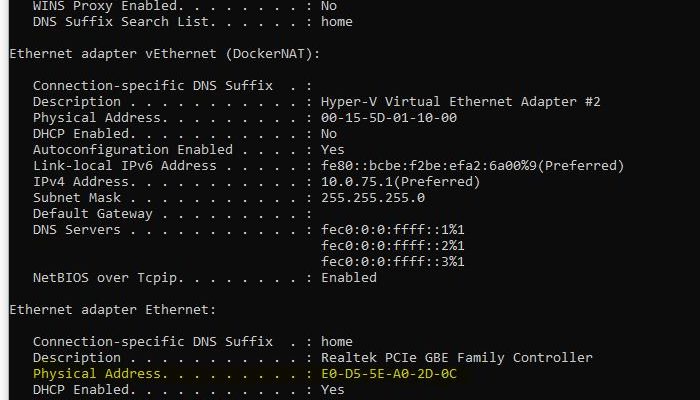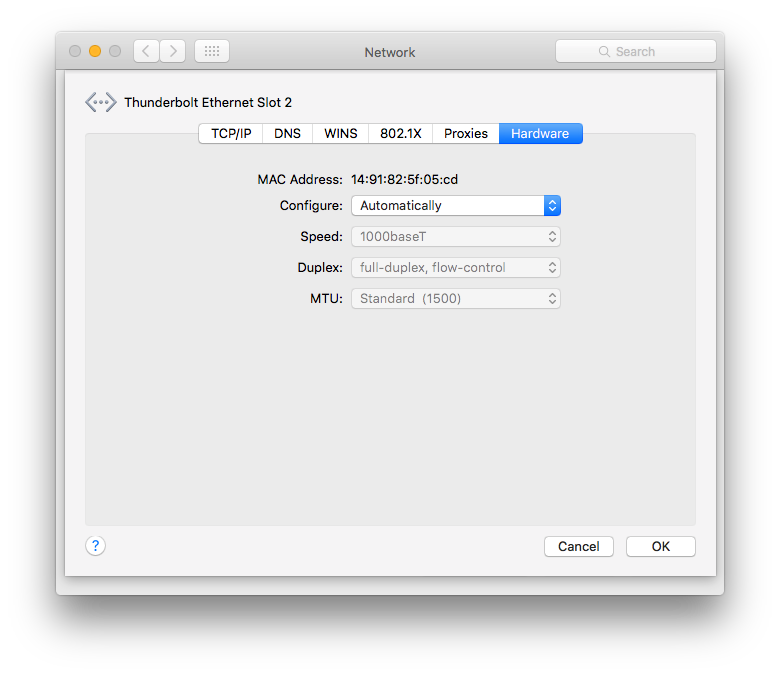

Next, put in the “arp-a” command to get a list of all the active IP addresses connected to your local network. After you enter either “ifconfig” on Linux or “ipconfig” on Mac, you’ll see the computer’s IP address, gateway address, subnet mask, and more.įrom there you can determine the network number you will be scanning. To manually find a MAC address on a network, you first need to open the command prompt. By using MAC addresses for identification, devices can still be identified even if their IP address changes.įinding a MAC address on network manually often requires using a series of commands and knowing a lot about the specific system you’re working with beforehand. Filtering is a process by which strangers are prevented from accessing a network while letting the people who need access get through. MAC addresses are also useful when it comes to filtering on wireless networks. If they don’t match, then the packet is discarded. If the addresses match, then the packet is processed. When a network adapter receives a packet, it checks to see if the packet’s destination MAC address matches its own. When packets are sent on the ethernet, they’re sent from a MAC address and to another MAC address. The MAC address exists in addition to the IP address assigned by the local server or router and is essential for the functionality of network protocols like IP and TCP. While MAC address is the most common name, it is also sometimes called a physical address, a burned-in address, or a hardware address.Įvery individual piece of hardware on your local network has a MAC address typically assigned by the manufacturer of the device then stored on the hardware. Real user, and synthetic monitoring of web applications from outside the firewall.Ī media access control address, or MAC address, is a unique identification code for each of your network interfaces. Real-time live tailing, searching, and troubleshooting for cloud applications and environments.

Monitoring and visualization of machine data from applications and infrastructure inside the firewall, extending the SolarWinds® Orion® platform. Infrastructure and application performance monitoring for commercial off-the-shelf and SaaS applications built on the SolarWinds® Orion® platform.įast and powerful hosted aggregation, analytics and visualization of terabytes of machine data across hybrid applications, cloud applications, and infrastructure. SaaS-based infrastructure and application performance monitoring, tracing, and custom metrics for hybrid and cloud-custom applications.

Deliver unified and comprehensive visibility for cloud-native, custom web applications to help ensure optimal service levels and user satisfaction with key business services


 0 kommentar(er)
0 kommentar(er)
